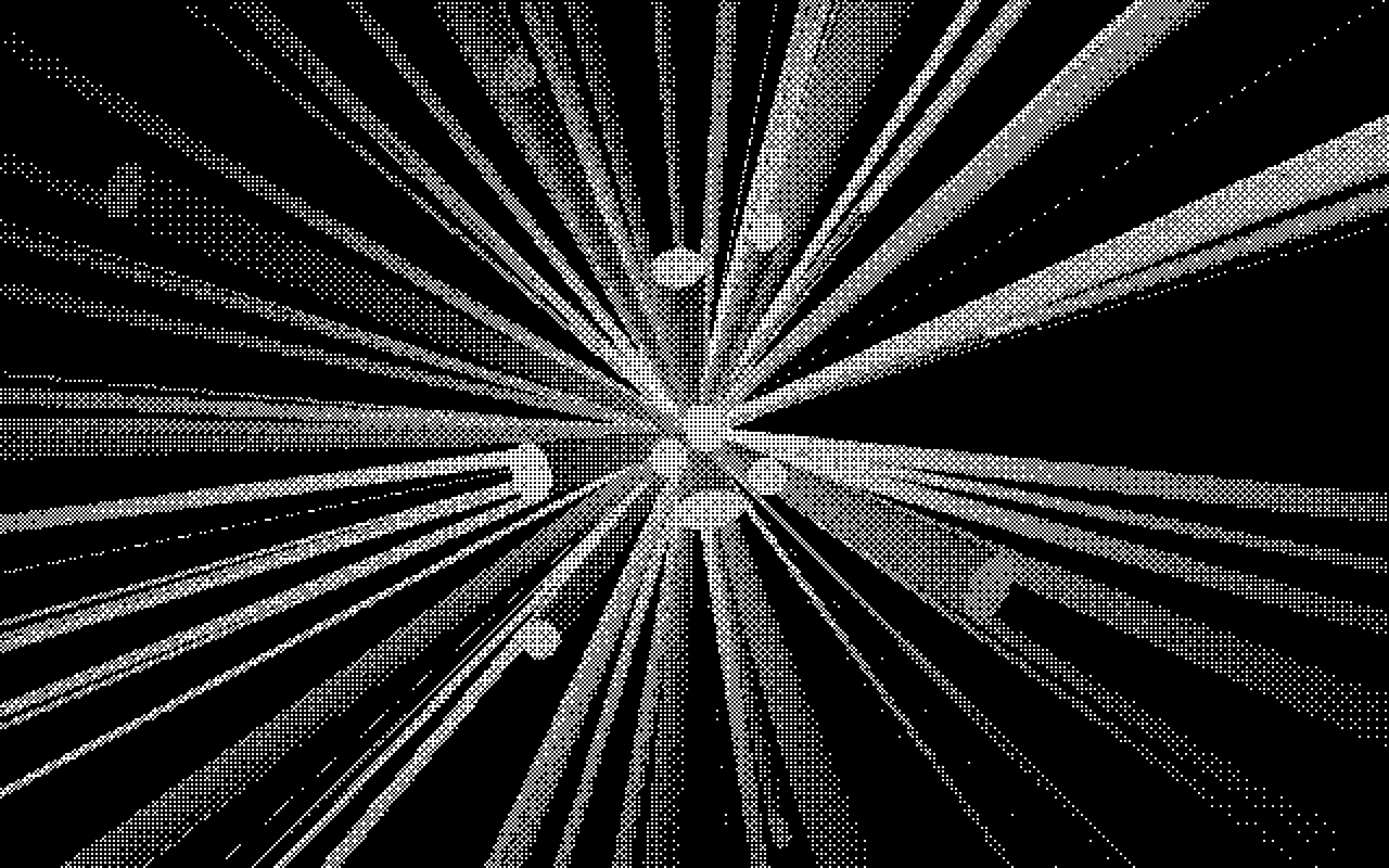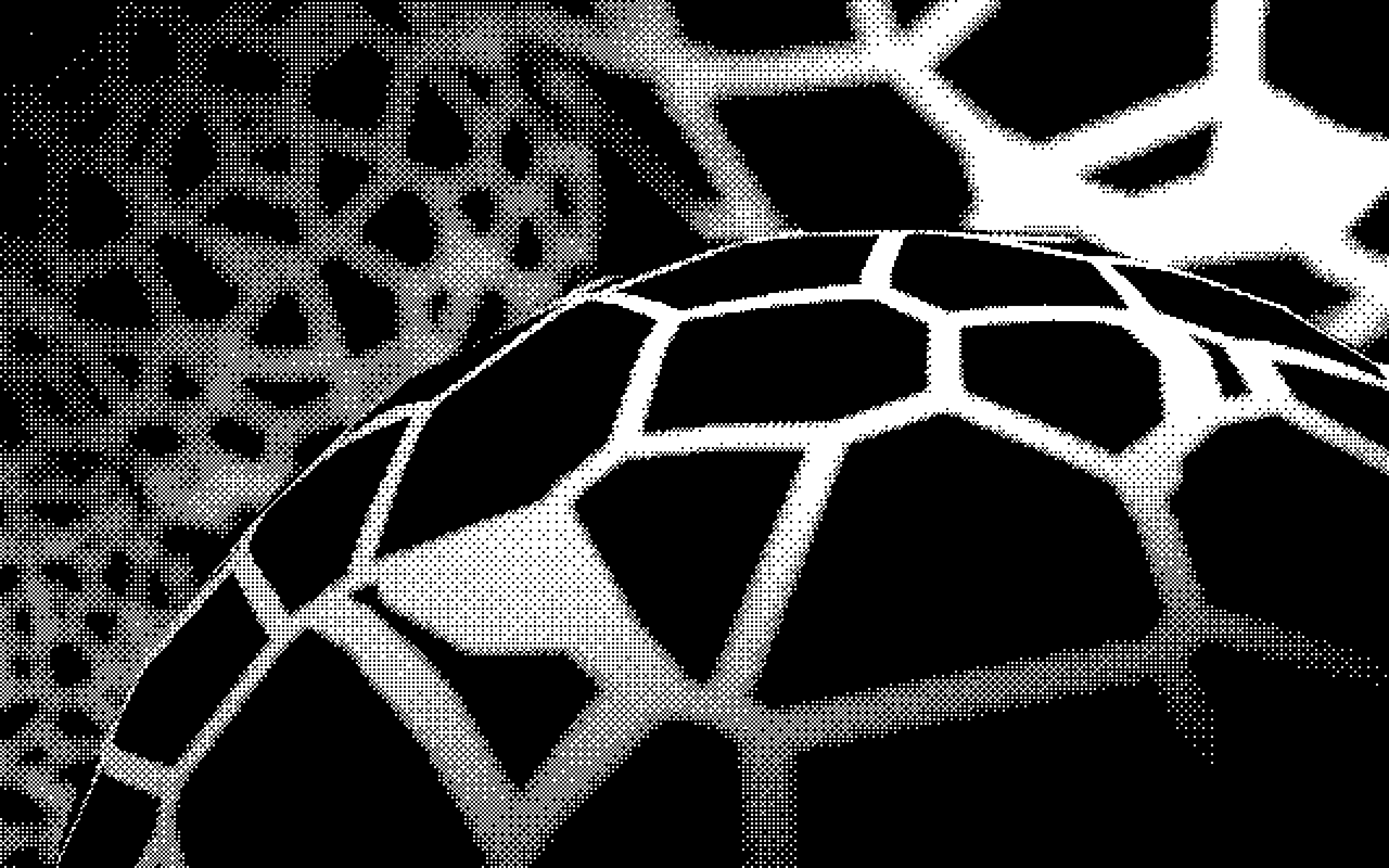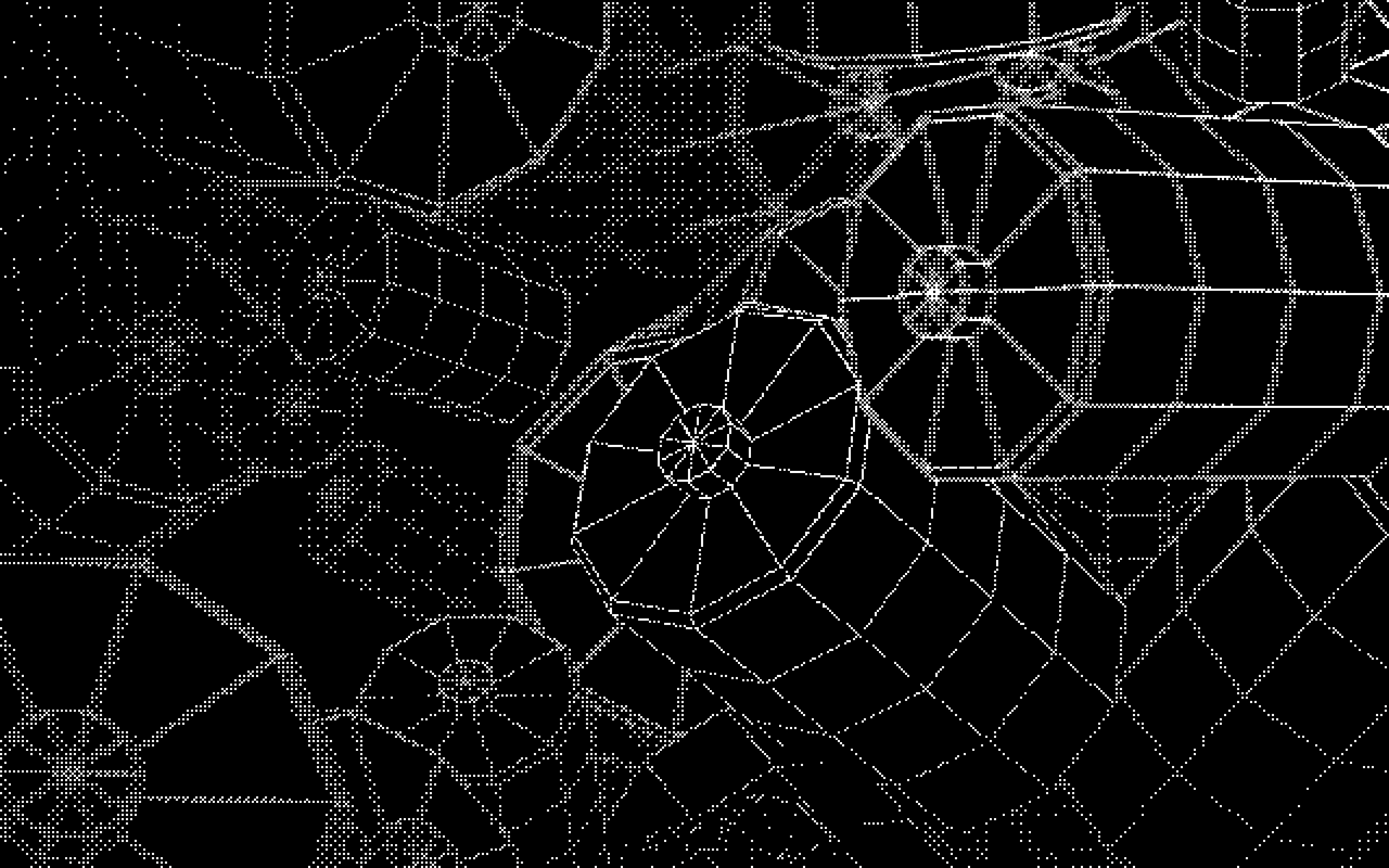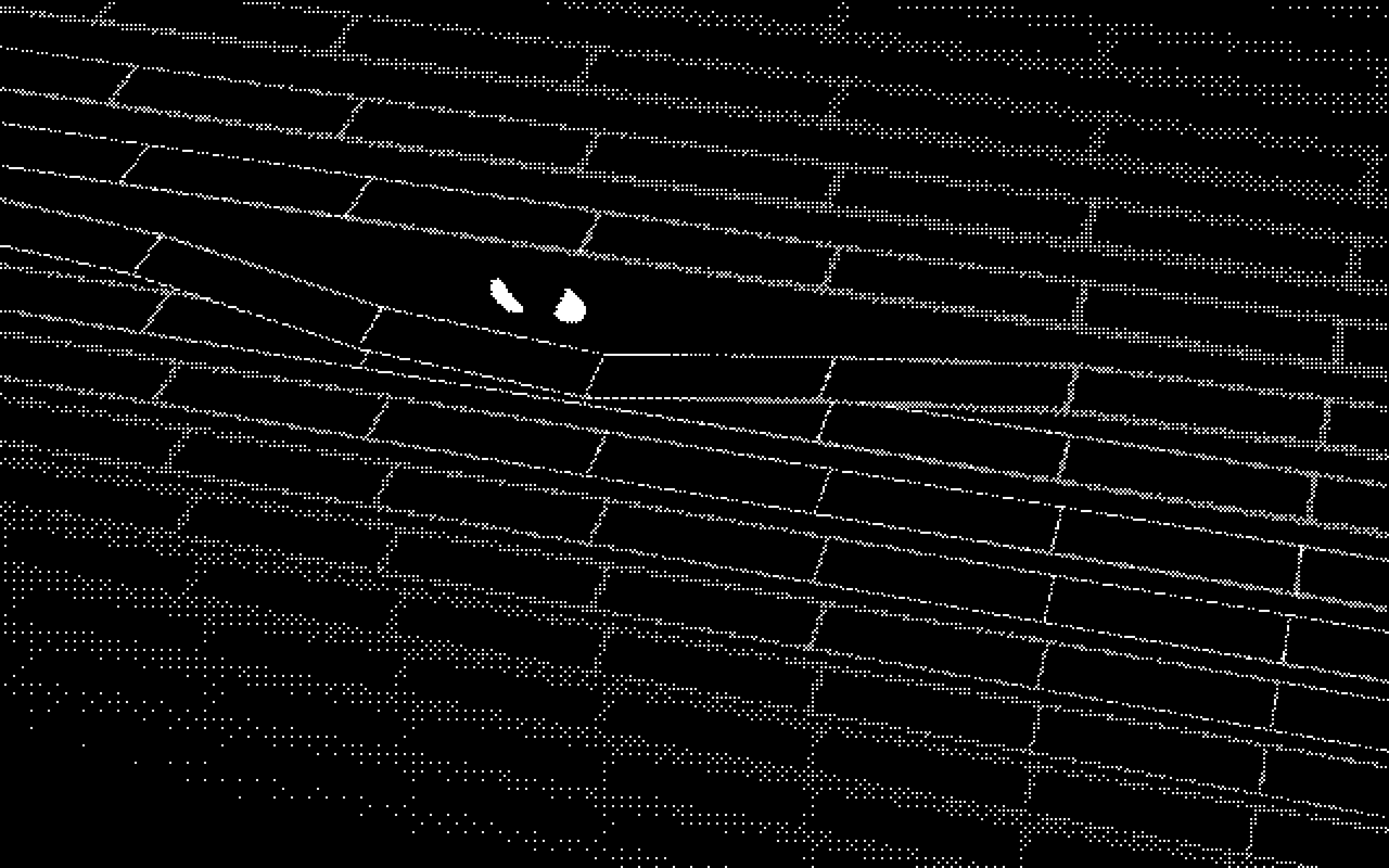“What is considered as empty space is just a manifestation of matter that is not awakened.” — Nikola Tesla
What do cryptocurrency, consciousness, and Tesla have in common? Spacemesh!
Let’s mesh it up…
I joined the Spacemesh team less than a month ago, and I’d like to begin by sharing my journey with you and invite you to consider joining the team as well.
Cryptocurrency, blockchains, and decentralization are the great financial revolutions humanity is currently undergoing. Within them, there are innovations and sub-revolutions.
As I take a deep dive into these financial disruptors and their underlying technology, I am quickly realizing the marriage between crypto and consciousness. In additionI’m addition, it is becoming clear to me why Spacemesh is poised to lead this revolution by disrupting the disruptors and by decentralizing decentralization itself.
Bear with me:, before we get to Spacemesh, we need to take a step back, zoom out, and understand the holy trinity of cryptocurrency, consciousness, and technology.
I fell in love with technology and the internet in 1995 when I was still in high school. I started out as a networking and systems guy and moved onto web applications, launching several startups and international projects.
In 2009, when Bitcoin first launched, I pivoted to “indigenous technologies,” working with a phytotherapy research company in California to create formulas and supplements designed for consciousness expansion.
We used ancient plant wisdom coupled with science designed as tools for “meaning-making” through consciousness expansion. Technically speaking, the products were designed to increase your psychological real-estate so you could see and experience things differently from a deeper, and wider perspective.
What does it have to do with cryptocurrencies? Everything.
After a decade of consciousness tilting, exploring, and researching, I was thrilled to come back into traditional technology — taking a plunge into crypto and discovering that the crypto and blockchain revolution is the marriage of consciousness expansion and technology.
Consider this: do you know how long it took paper money to catch on? 400 years.
That’s the perfect example of consciousness expansion. People were also convinced that cars were extremely dangerous and should be outlawed, and they said the same thing about electricity. Nikola Tesla was ridiculed and ignored.
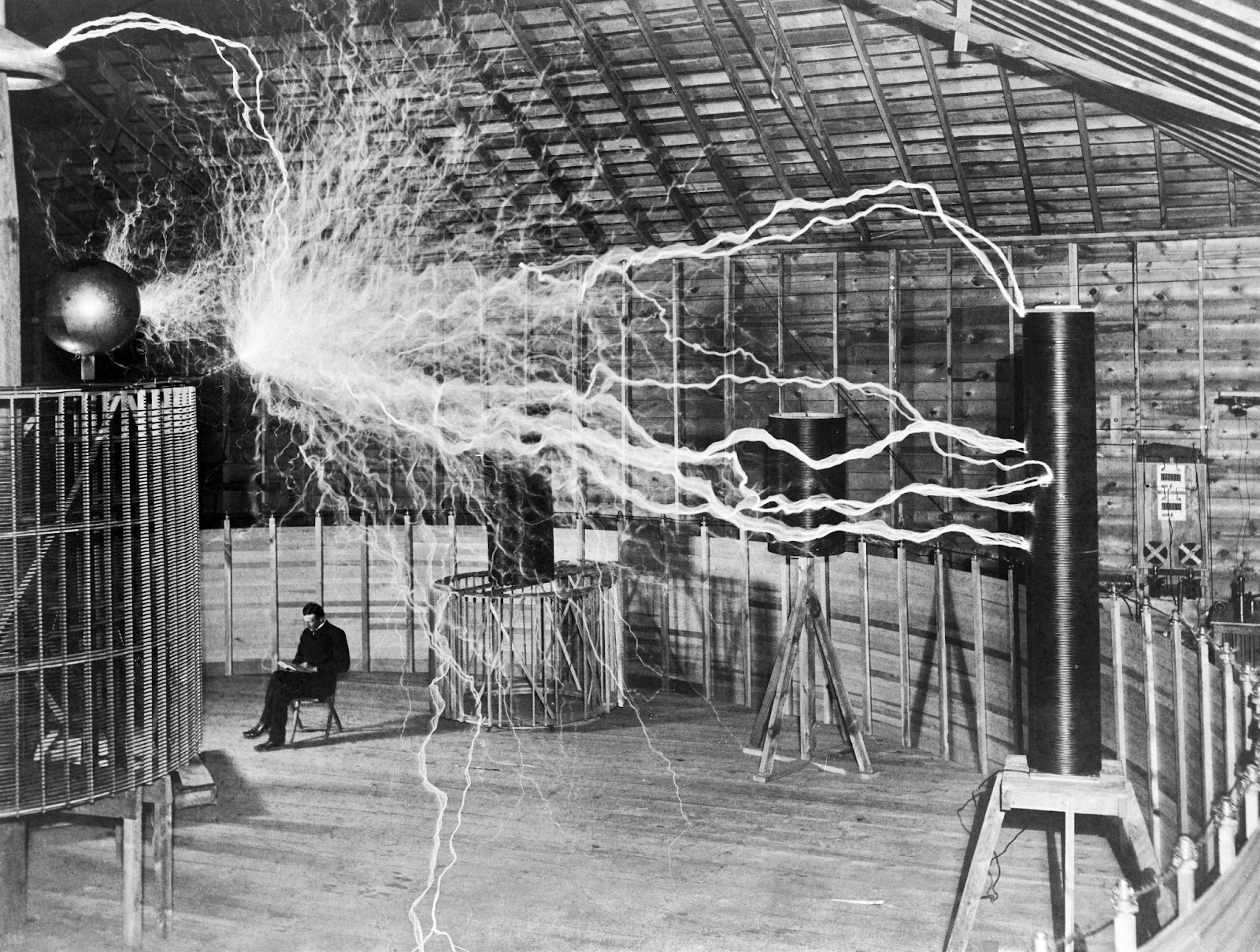
They are now saying the same about the crypto revolution, and yet it’s happening. The people are expanding their psychological real estate — the 2 trillion-dollar market cap is proving exactly that. Welcome to the Holy Crypto Trinity:
Consciousness: believing that currency belongs to the people, not centralized systems. Believing that you can be the bank. Knowing, for a fact, that money is a societal hallucination.
The Tech: a decentralized peer-to-peer network that is immutable, open source built, and maintained by a community with math empowered consensus algorithms.
Cryptocurrency/Finance: the tech was originally built to facilitate digital currency — a permissionless, transparent, community based, tech-trusted ledger that keeps track of and validates all transactions and digital assets.
You see, without an expanded consciousness, without believing that currency is a means of expression (thank you, Andreas Antonopoulos), the tech won’t matter, and neither will the digital currency it claims to liberate and facilitate. The technology itself is meaningless without the consciousness behind it, and consciousness without the technology keeps the crypto-revolution in the dream realm.
Remember - it took 400 years for paper money to become societally accepted. Most people still believe that the U.S. dollar is tied to gold, but it hasn’t been since 1971!
No wonder crypto and its underlying technology is what most “traditional folks” now call crazy and insane. The adoption of the technology and philosophy behind crypto/blockchain requires you to expand your mind and literally alter your consciousness.
The good news: it doesn’t matter what they say — it’s a community-based technology. No one owns it, and you can’t undo it. It is already happening.
So, let’s move on to Spacemesh.
I strongly believe that Spacemesh is the next iteration, the greatest innovation, of this unfolding revolution. It’s no wonder Spacemesh has serious backers, industry leading investors, and thousands of users on Discord.
I believe Spacemesh is the key to breaking open the industry, bringing it to the people, demystifying the whole crypto journey, and making it truly accessible to all.
Why? In short, Spacemesh is creating a blockchain and a fair-coin that runs on the existing energy of space itself. That’s right, the Spacemesh network doesn’t need or want you to invest any additional resources to join or use its platform.
Read this again — Spacemesh is building a decentralized blockchain that uses space to power its network.
Spacemesh, as the name implies, is the blockchain network and currency that uses SPACE and TIME. Yes, hard-drive space, committed for x amount of time, as “proof” and a consensus mechanism that allows you to mine its coin and expand its network without any additional expenditure and resources such as money or electricity.
Spacemesh doesn’t want you to buy more stuff; that’s against its vision. Personally, I think this is the greatest thing since sliced Bitcoin!
While Bitcoin and crypto started out in 2009, they haven’t yet lived up to their fair-economy, socially responsible expectations. That’s perfectly okay. We are still in the early stages, but it is important to understand the “actual” costs of the existing state of the network.
The reason why crypto works is because the network relies on the individual nodes (computers) to validate and store all transactions. The more nodes you have on the network, the more “immutable” the transaction data is.
So how do you incentivize people to join the network and validate, plus store, all the transactions? You give them a piece of the action, reward them with the coin specifically tied to and created by the blockchain.
In order to create healthy competition, Bitcoin invented “proof of work” — literally proving that the individual computer on the network “did the work” to validate the transaction. The ugly side of Bitcoin and the blockchain is this: all that work takes power — electricity and computer resources. And a lot of it!
Proof of work (PoW) is literally the individual nodes competing to solve computer crypto math riddles that require an immense of computer power and to provide security. Perhaps the original inventors didn’t think that by 2022 mining Bitcoin alone takes more energy than powering all of Belgium!
Another big challenge is that Bitcoin mining has been industrialised and home miners without a lot of money simply cannot mine with their computer.
So the next big player comes along and says we’re going to switch it up to “proof of stake” so we can save up on 99% of that insane energy consumption.
Okay, that’s nice. Proof of stake will definitely save all this massive power consumption, but it still requires people to buy in to became “validators” on the network. Stake is MONEY — meaning, you have to prove that you “bought in” into the network, simple as that. Proof of stake does not rely on “computation” power to validate the transactions; instead, it wants to know that you BOUGHT IN, with real money.
I thought we were supposed to give the power back to the people, not make them spend tons of money just to be part of this new democratic system.
Let’s be honest with ourselves — isn’t Western capitalism already “proof of stake”?
Enter: Spacemesh!
Spacemesh keeps the 2009 vision for crypto by keeping the people in mind (and heart) and at the same time building on top of all the innovations and lessons of the last 13 years.
Pay close attention here — let’s go back all the way to the top of this article to the Nikola Tesla quote. It implies that, all along, we have been focusing on matter to try to squeeze out sources of power to run our lives, yet Tesla figured that there is a lot more power in space itself. If you know how to harness it.
Space is what holds all of this reality together, and it has more power than everything material in the universe combined! All you have to do is tilt and expand your consciousness once again and mine space itself for all the energy and technology you need.
That’s exactly what Spacemesh has done. With a team of professors, scientists, and geek-hackers-top-dawg-programmers, Spacemesh developed a new crypto blockchain-mesh with a protocol called PoST — Proof of Space and Time.
With the Spacemesh protocol and network, we don’t need to solve trillions of hash puzzles to validate a transaction and create healthy competition, nor do we need to spend upwards of 30,000 USD in order to become validators on a proof of stake network.
Spacemesh figured out a way to use your existing, idle, empty hard drive space and turn into its consensus mechanism while giving you a shot at mining smesh-coins to rapidly expand this new blockchain for the people!
Anyone with a computer can join the revolution, mine, and validate transactions and earn the new industry fair-coin.
What will happen when a million people join this mesh of space to create a blockchain-mesh network that doesn’t require you to abuse planet earth or buy into it? Let’s do a quick recap:
PoW — Proof of Work: cost money, energy, resources.
PoS — Proof of Stake: cost money like the old economy.
PoST — Proof of Space and Time: that’s Spacemesh
Spacemesh doesn’t “run” on your wallet. Spacemesh operates on what you already have. Not only does Spacemesh run on existing resources, but it also allows you to create value from it, literally from space. Spacemesh is the Tesla of crypto; we utilize space to create value for the world. Spacemesh is decentralizing decentralization itself.
I’m thrilled to be a part of this revolution!
Consider this your unofficial call and invitation: we are growing, hiring, and looking for people with expanded consciousness and big hearts. Join us as we build the blockchain for everyone.
Join our newsletter to stay up to date on features and releases
